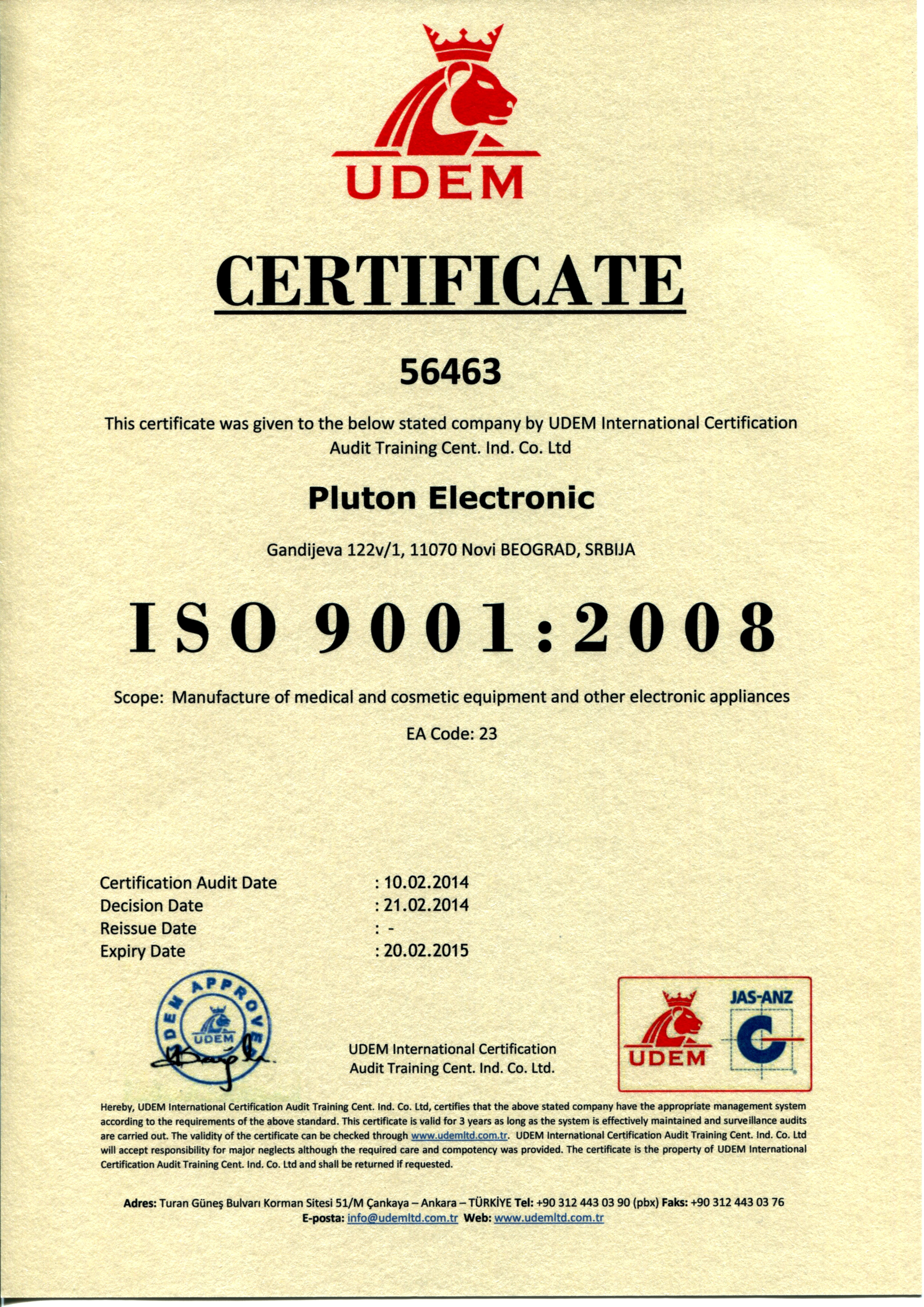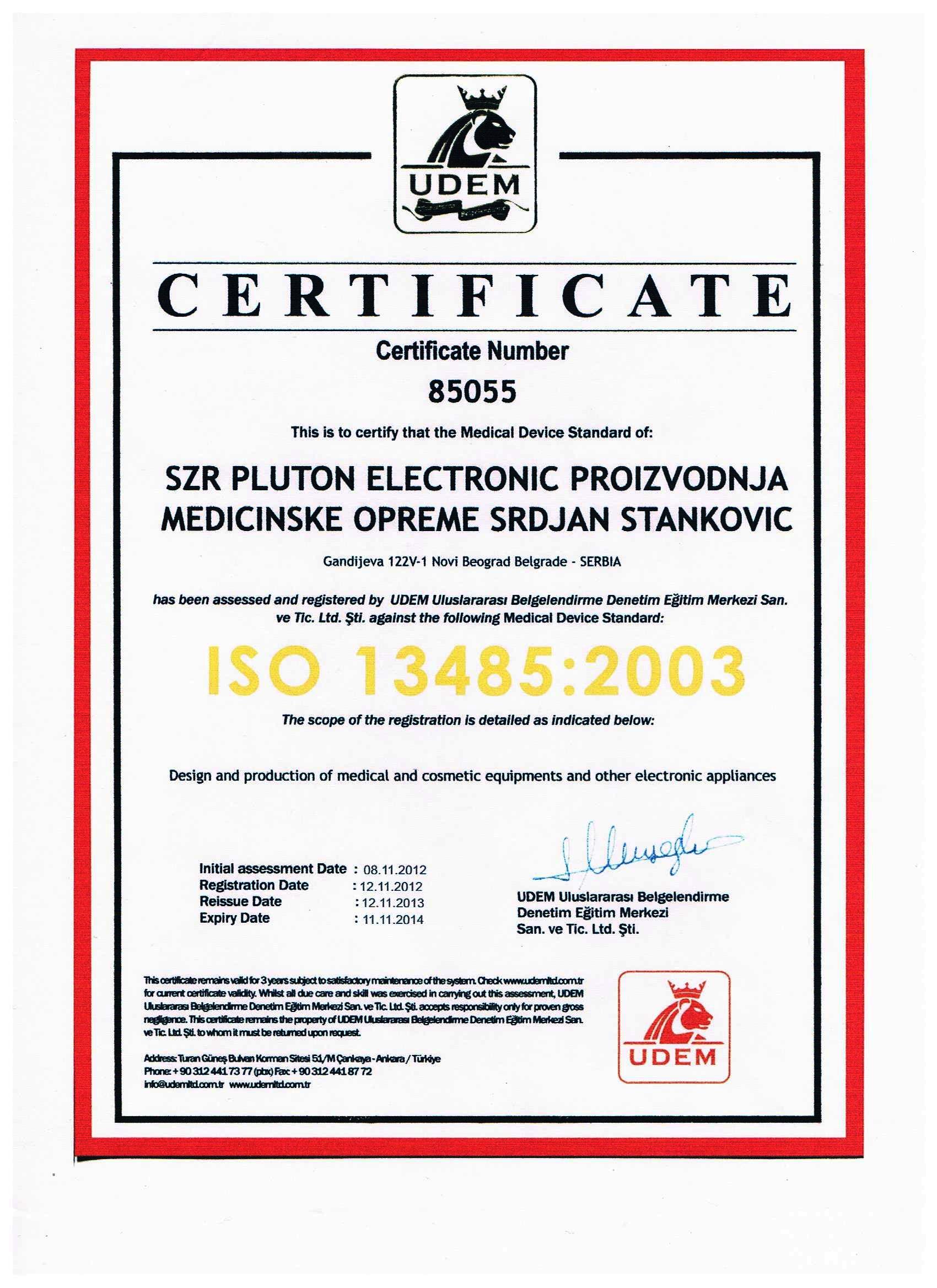PDT Light Therapy – FAQ
What is photo dynamic therapy (PDT)?
Photo dynamic therapy (PDT) utilizes a chemical reaction activated by light energy (LED light) to selectively treat specific skin conditions such as acne, psoriasis. It cannot be used for the treatment of melanoma.
How does PDT work?
Following light activation, porphyrins are excited to a higher energy state, which can result in generation of reactive oxygen species, such as singlet oxygen or free radicals. For the treatment of acne, preferential accumulation of Levulan in sebaceous glands as well as reduction in Propionibacterium acnes (the bacteria implicated in acne), is thought to be the responsible mechanisms to destroy the bacteria responsible for acne. For treatment of photoaging, increased collagen synthesis following photo dynamic therapy may play a role.
Photo Rejuvenation systems deliver pulses of intense light, through very specific filters, to the skin. Once delivered, the targeted tissue absorbs the light’s energy. There will be a series of 5-8 treatments depending on the area and the condition of your skin. Treatments take between 15 and 30 minutes.
Can Photo Dynamic Therapy treat acne?
Yes, Photo Dynamic Therapy kills the acne bacteria in your skin. The blue light can be administered alone or in conjunction with a topical application of ALA for the treatment of acne vulgaris. Pretreatment with topical ALA may offer additional reduction of lesions, pustules, and papules.
Is there evidence to support the safety and efficacy of PDT for acne?
There have been over 21 clinical studies evaluating PDT for the treatment of acne. These studies demonstrated that PDT is a safe and effective treatment for patients with acne.
How many treatments are required?
A series of 4 to 6 treatments are usually performed at 1 to 2 week intervals. The number of treatments recommended depends on the severity of acne. Some patients may notice results after the first treatment.
What kind of results can I expect?
The majority of clients report significant improvements ranging from a 50% to 75% reduction in acne lesions after a few treatments. However, a small number of clients show only modest improvements and results vary for each individual patient.
What are the side effects?
The side effects of PDT may include redness and/or peeling of the treatment site. Clients have described it as being similar to sunburn. It is generally mild and resolves in 1 to 8 days.
What conditions are the best candidates for Photo Rejuvenation?
- Red, flushed faces
- Sun-damaged skin
- Hyperpigmentation
- Enlarged pores
What results can I expect?
After performs each Photo Rejuvenation session, you will experience some improvement in skin tone and texture. There will be a decrease in overall redness. Sunspots will fade; pore sizes will shrink. Fine lines and wrinkles will gradually decrease in size as the new collagen forms beneath the skin. These improvements will continue to increase with each treatment.
Are there any side effects?
Side effects include sunburn-like reaction with redness and peeling for several days.
What is recovery like?
After your Photo Dynamic Therapy treatment, there may be some discomfort or a sunburn like appearance. The skin may appear flushed and slightly swollen and brown spots may become darker. This will decrease over the next several days. You may resume normal activities immediately. However, patients must avoid all bright light sources and minimize direct sun exposure for 48 hours after treatment to lessen these reactions.

